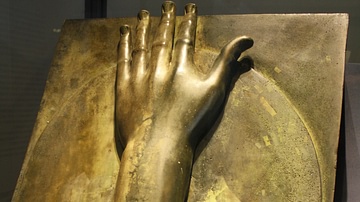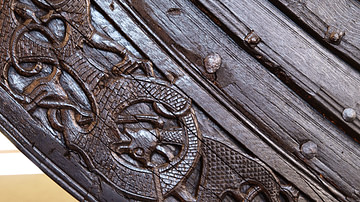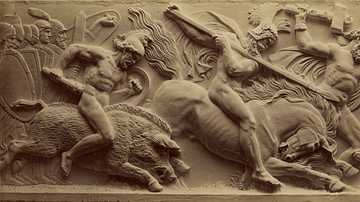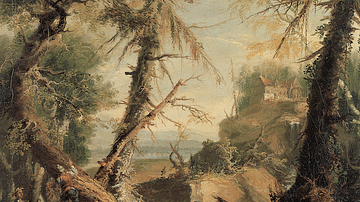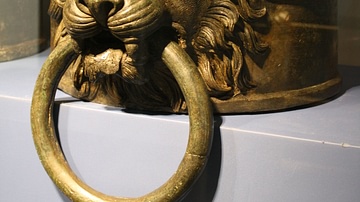Illustration
A bronze wolf which would have decorated the lengthwise beams on a Roman ship. The wolf was made using the lost-wax technique and dates to between 37 and 41 CE. The ring had no function other than decorative, used on occasions to hang garlands. (Palazzo Massimo, Rome)
About the Author
Cite This Work
APA Style
Cartwright, M. (2013, December 17). Bronze Wolf, Roman Ship Decoration. World History Encyclopedia. Retrieved from https://www.worldhistory.org/image/2192/bronze-wolf-roman-ship-decoration/
Chicago Style
Cartwright, Mark. "Bronze Wolf, Roman Ship Decoration." World History Encyclopedia. Last modified December 17, 2013. https://www.worldhistory.org/image/2192/bronze-wolf-roman-ship-decoration/.
MLA Style
Cartwright, Mark. "Bronze Wolf, Roman Ship Decoration." World History Encyclopedia. World History Encyclopedia, 17 Dec 2013, https://www.worldhistory.org/image/2192/bronze-wolf-roman-ship-decoration/. Web. 29 Jun 2025.

